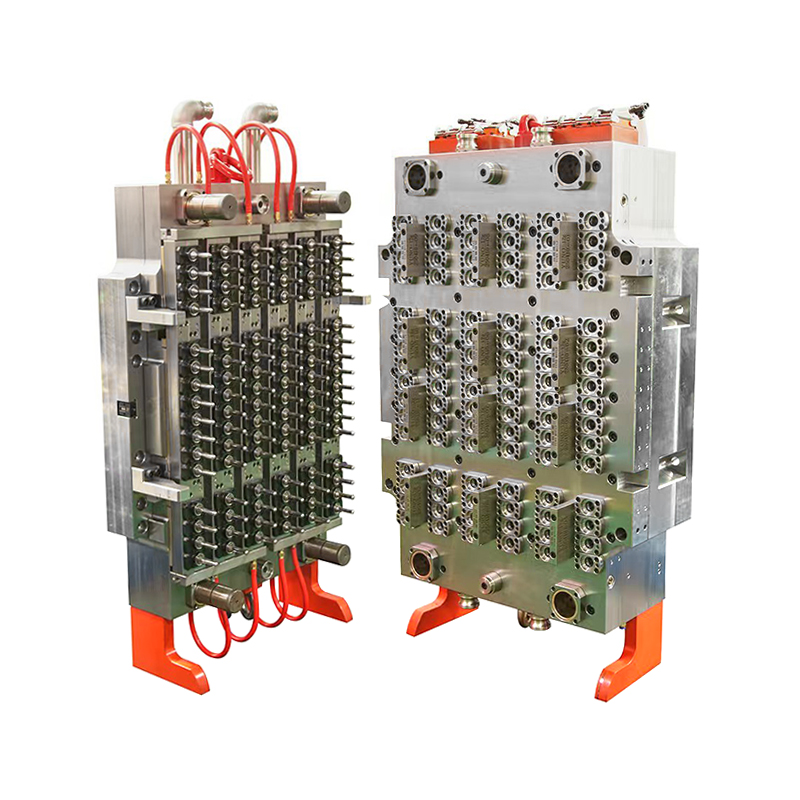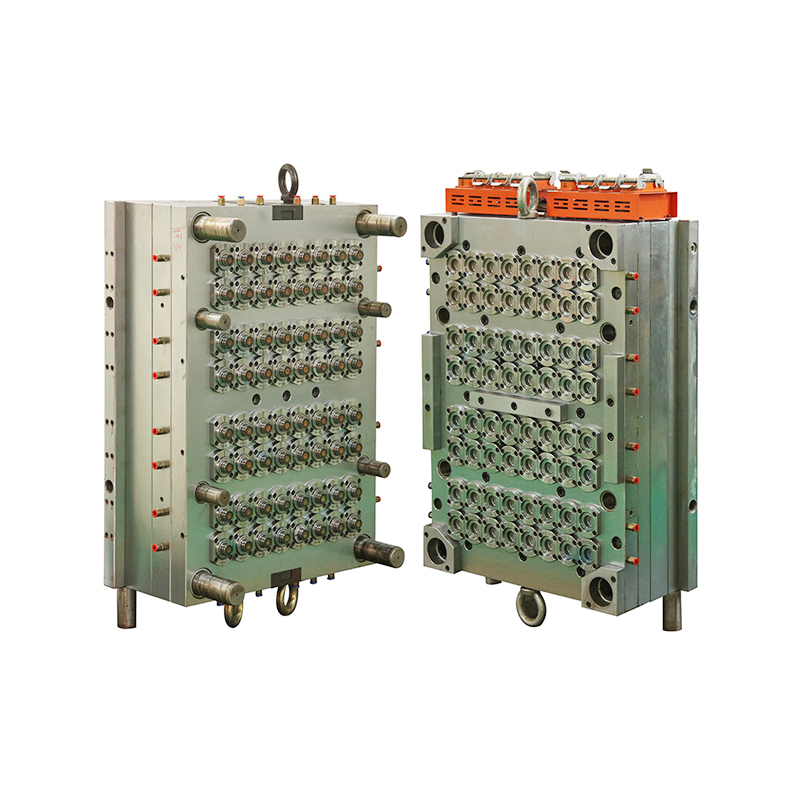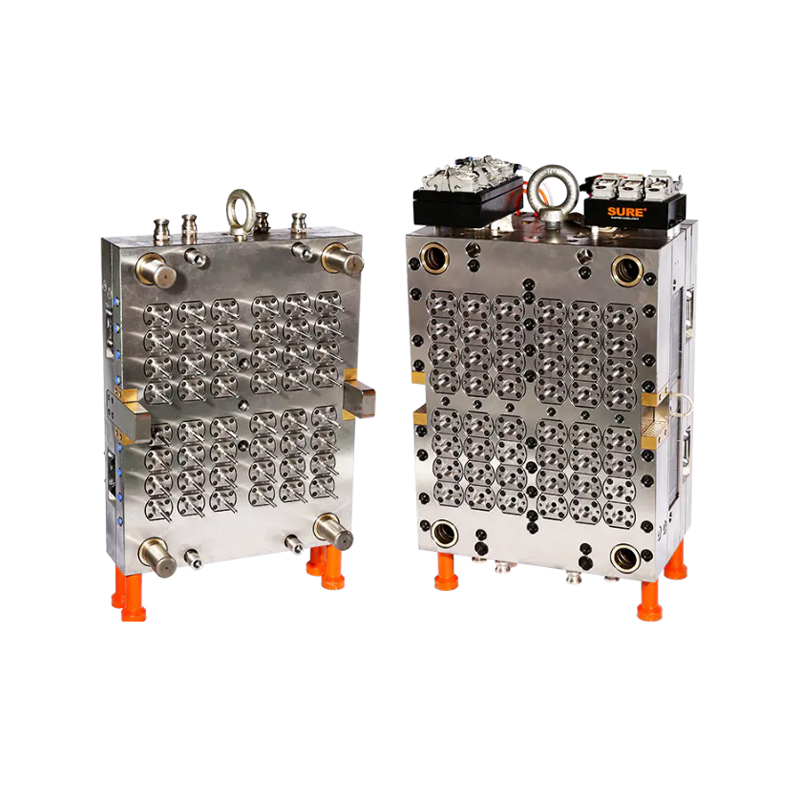No.148 Yongda Road, Jiangkou Street, Huangyan, Taizhou, Zhejiang, China.
As the demand for plastic packaging continues to rise across beverage, personal care, and household product sectors, the tooling technologies that drive preform production are undergoing significant upgrades. At the forefront of this evolution is the 72-cavity PET preform mold, a high-performance mold system that is rapidly gaining popularity among manufacturers looking to balance production volume, cost efficiency, and product consistency.
Unlike smaller mold systems, the 72-cavity PET preform mold strikes a compelling balance between output capacity and operational manageability. It delivers robust productivity without the tonnage or infrastructure required for ultra-high cavity tools like the 96- or 128-cavity systems, making it especially attractive to mid-to-large-scale producers looking to scale efficiently.
Bridging the Gap Between Mid- and High-Volume Production
The 72-cavity mold serves as an optimal solution for companies that require large-scale production but seek more flexibility and cost control compared to molds with higher cavity counts. It is particularly well-suited for manufacturers in fast-growing markets and regional operations that need both speed and reliability without overextending plant resources.
"Many of our clients are shifting to the 72-cavity format because it offers a significant step up in output while still being compatible with existing injection molding infrastructure," says Anthony Kim, Technical Director at a mold solutions company in South Korea. "It’s a smart choice for those who want scalability without complexity."
Engineering for Speed and Stability
Manufactured using high-grade tool steels and precision machining techniques, the 72-cavity PET preform mold ensures uniform cavity geometry, efficient part ejection, and consistent cycle times. Each cavity is designed to produce preforms with precise weight, neck finish, and wall thickness—key factors in maintaining bottle quality and downstream processing reliability.
Advanced hot runner systems with valve gate technology help manage melt flow with minimal pressure loss, contributing to balanced filling and reducing the risk of flash or short shots. These systems also support fast color changes and minimize resin waste—important for operations with multiple product lines or seasonal SKU changes.
Cooling System Drives Down Cycle Times
To further enhance efficiency, the mold integrates advanced cooling technology. Optimized water channels and thermal conductivity features help rapidly remove heat from the mold base and cavities, shortening the overall molding cycle. In production environments, this results in significant output gains without increasing energy consumption.
Some manufacturers report cycle times under 10 seconds per shot with the 72-cavity mold, depending on the resin grade and preform size. This translates into tens of thousands of high-quality preforms per hour, improving line efficiency and return on investment.

Adaptability and Maintenance Benefits
In addition to its productivity advantages, the 72-cavity mold is also valued for its practical operation and maintainability. Many systems feature modular cavity inserts, allowing individual cavity replacement in the event of wear or damage without needing to retire the entire mold. This reduces downtime and extends the overall life of the tooling.
The mold is compatible with a wide range of injection molding machines, particularly those with clamping forces in the 400–550 ton range. This makes it a viable upgrade path for existing production setups without requiring major capital reinvestment in machinery.
Supporting Industry Sustainability Goals
As sustainability becomes a top priority across the packaging industry, the 72-cavity PET preform mold is playing a role in reducing environmental impact. Its precise molding and reduced cycle times contribute to lower resin waste and energy usage per preform. Moreover, the mold supports the use of recycled PET (rPET) blends, helping manufacturers meet recycled content regulations and corporate sustainability targets.
“PET remains the recyclable plastic in the world, and the 72-cavity mold is optimized to handle both virgin and rPET resins without compromising performance,” explains Elena D’Amico, a packaging consultant based in Milan. “It’s a win for production efficiency and environmental responsibility.”
Growing Market Demand
The surge in bottled beverage consumption—especially in Asia, the Middle East, and Latin America—is pushing manufacturers to adopt mold technologies that support fast, scalable, and reliable production. With its ideal mix of output, durability, and operational simplicity, the 72-cavity PET preform mold is quickly becoming a standard tool across global production floors.


 英语
英语 法语
法语
















